What is 5 Ancestors Fist?
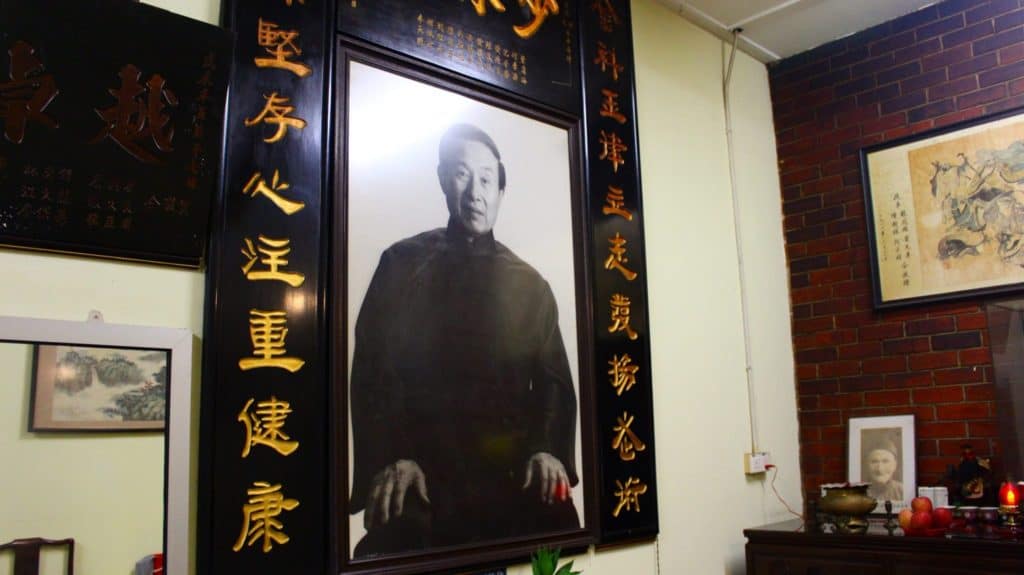
Introduction
5 Ancestors (5A) is an ancient Traditional Chinese Martial Art (TCMA) that assimilates five other styles of TCMA. It originates from the Southern Shaolin temple and probably dates from the late Ming and early Ching dynasties. It has been linked to the destruction of the Shaolin Temple in the North by the Ching armies and its resurrection in the South in Fujian Province.
The five styles have varying strengths and together can be said to encompass all aspects of combat. 5A covers the three different contact distances for unarmed combat. It has fists and open-handed techniques, joint locks & manipulations, takedowns, variations of stances, footwork and kicking techniques, and even limited ground fighting techniques. There are hard and soft techniques and methods of training for internal energy.
Some of the Ancestor (styles), like TaiZu and LuoHan, start by being Hard, then as the practitioner progresses, they will appreciate and learn the softer, internal techniques.
Each of the Ancestors has its own methods for developing internals, which are taught from the beginning, starting with basics and progressing to more advanced techniques as the practitioners’ skills increase.
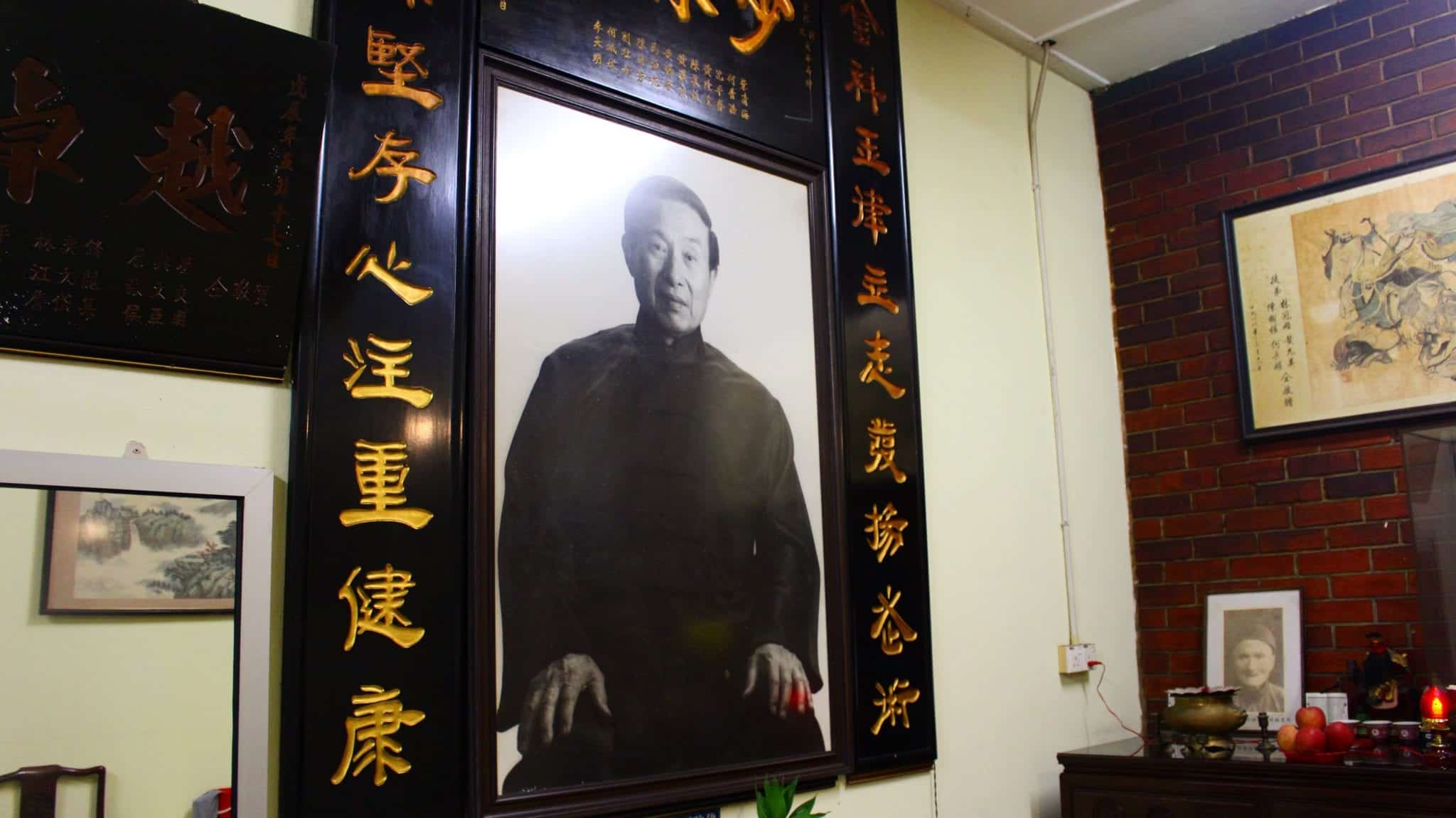
TaiZu (Emperor Fist)
TaiZu is a very ancient art; its founder is attributed to being the 1st Emperor of the Southern Sung Dynasty (10th century AD) who is a respected military general and martial artist, well versed in personal combat and military strategy. He devised TaiZu as a fighting art that can hit, such that peasant soldiers can quickly gain proficiency. As such it is designed to be ‘simple enough to learn and apply. TaiZu’s simple and linear movements belie its military origins – limb movements are limited when wearing armor.
TaiZu eschews conventional wisdom and focuses on linear motions. Its principle is the blade and it uses the arms like so, with forearms and fingers held rigidly; thrusting, slashing, and chopping. It advocates using “straight lines to cut the circle”. The linear principles allow TaiZu to exploit angles, closing the shortest distance to initiate attacks that slip in through the opponent’s defense.
TaiZu is very particular about one’s form and structure, i.e: The body must be upright and straight. The stance is correctly angled ensuring accuracy and position of the arms when striking and defending. It is partly from this precision of form that TaiZu derives its power.
Some consider TaiZu to be a hard style, as it trains to develop Khong (Hard) Jin, which gives it a lot of power. At higher levels of learning, Rhou (soft) Jin is used, while still retaining the linear principles, with devastating effect.
Being a Military fighting style, TaiZu has a stable stance and a strong, but not passive, defense. On the battlefield, you are not fighting one-on-one, a person on the ground is easily dispatched by neighboring armed opponents. With its power and principles, TaiZu chooses not to evade nor retreat. If attacked, it counters by crashing though, to collapse the attacker’s defense, and counterattack. TaiZu prefers and excels in the middle, to close-in combat.
Though it may look hard, rigid, and inflexible, well-executed combat with TaiZu is fluid, fast, powerful, and intimidating.
Due to its simplicity in principles and techniques, TaiZu is probably the easiest style among those in 5A, for the novice to learn. TaiZu develops a strong stance, posture, and a solid defense. It teaches a good understanding of angles and linear motion.
LuoHan (Arahat Style)
According to Buddhist history, the Luohans (also called Immortals, Arhats) were early disciples of the Buddha, who have achieved a high level of spiritual development, and were entrusted to protect the Buddha and the dharma (teachings). Popular culture envisages them as powerful beings.
LuoHan maintains upright body positions and powerful arm movements, powered by hips and shoulders, favoring the use of fists, over the open hand. In contrast to TaiZu’s powerful slashing blades, Luohan’s trademark is its smashing heavy, circular blows, that can crash through an opponent’s defenses.
In Luohan, circular strikes flow fluidly with each motion flowing continuously into the next. The strikes may be extended, medium, or short and come from various angles. Its defense and attacks flow into a series of continuous movements, building on its momentum, like a pair of ball-and-chains that are constantly swinging. A well-executed Luohan attack has the effect of a powerful wave rolling over the opponent. Luohan tends to be better at medium and long-distance combat but can be effective at close-range distances also. The takeaway lessons from LuoHan are its power development and use of circles, from the large to the very small.
Luohan starts as a hard-style, with large movements and developing hard-Jin. As one progresses, the actions become softer, smaller, and more subtle. At higher levels, Luohan emphasizes the development of internal power. Its internal theories form the basis of many Shaolin-related Nei Gong exercises.
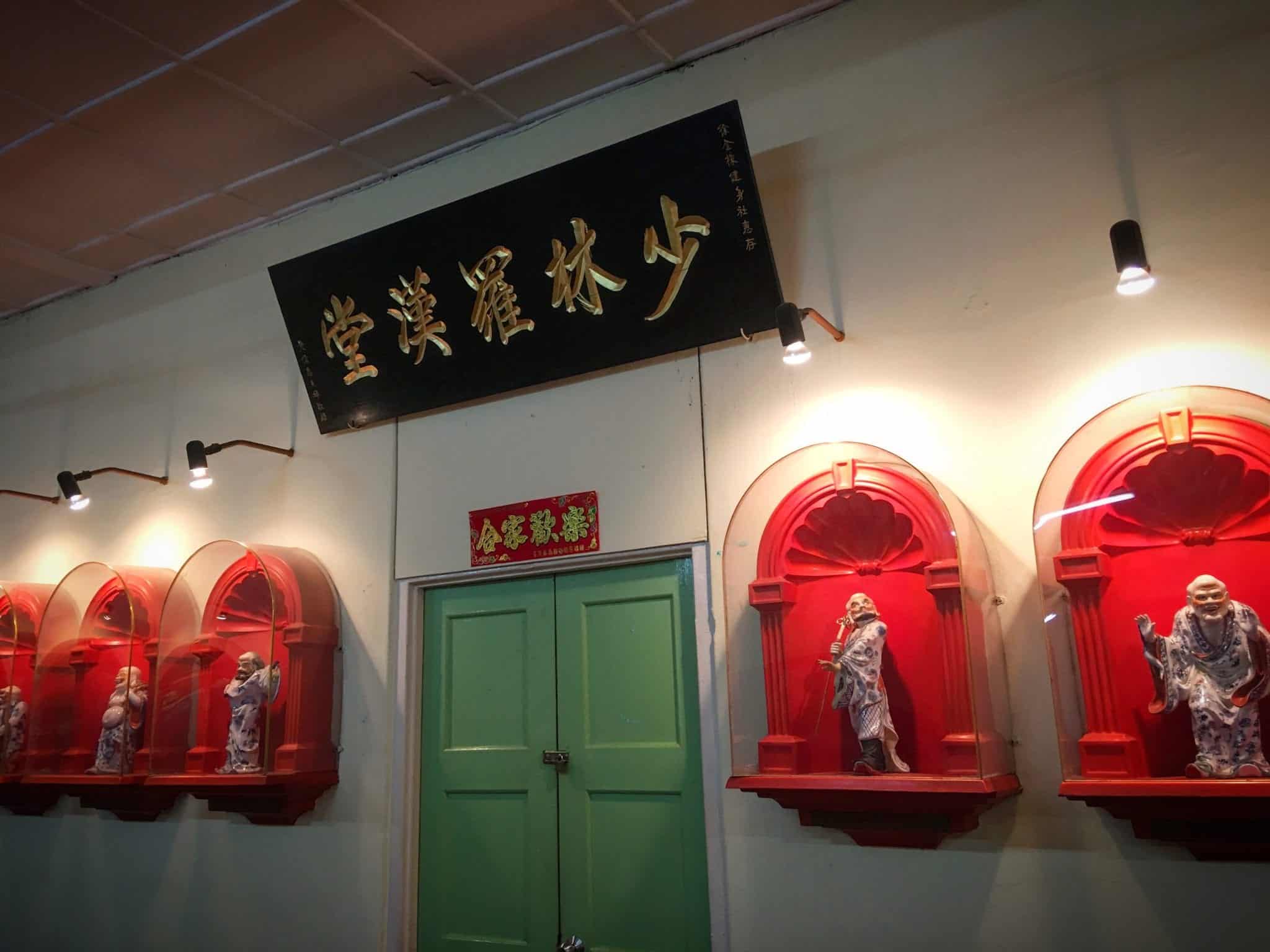
Baihe (White Crane)
A Crane is a graceful animal, but it strikes with high speed and accuracy. The arm movement emulates the power of a crane’s beak and wings delivering devastating force for defense and attack, or it may act as a distraction to its attackers. In 5A, Crane is considered a soft‘ style; its movements are usually soft, yet capable of a quick, explosive whipping force. It has power generation techniques at both long and very short ranges. Its strikes are sharp and accurate, often aiming at sensitive points.
Baihe has a wide range of strikes. It uses the entire arm; from elbows, forearms, hands to fingers. Hand strikes are often executed with the open palms or fingers representing the wings, or with a phoenix-eye fist, which represents the beak. Finger thrusts are also common. Arm and hand conditioning is common practice here. Crane movements may be graceful & circular, linear, or a combination. Crane may fight at varying distances, picking off the opponent at arm’s length or close in and very short distances. It also has trapping and locking techniques. Crane emphasizes stability with quick footwork, coupled with a variety of kicks, up to chest level.
In combat, BaiHe is quick and decisive. It defends, exploits the smallest opening in the opponent’s gates, and lands a series of accurate, robust, and penetrating strikes. It may then disengage or seek to control and press on the attack until the opponent is neutralized.
As you progress deeper into the style, it becomes very internal and sophisticated. It has a more complex set of principles and theories to master, to get its Internals; and it’s these (Internals) that make some of the more graceful and elegant techniques possible. As an example, one principle is to be able to generate power from each joint in the arms and legs. Its techniques and methods are generally more subtle and refined compared to TaiZu and Lou Han, thus making it a more difficult system to master. Mastering BaiHe will give you a whole new set of useful tools in your combative toolbox.
Monkey
Monkey is known for its speed and agility. Its techniques use stealth and superior body mechanics, that allows a physically smaller person to take on and overcome stronger, larger opponents. Being a weak animal, Monkey intends to close in a finish the fight quickly, as a more extended encounter risks injuries. It favors moving in fast, close-in with the opponent, but has techniques to disengage and retreat, if it finds too much resistance, and try another approach.
In the movies, Monkey is portrayed as acrobatic with a lot of leaps and somersaults/flips, but these are most impractical in combat. Instead, 5A uses close-in fighting techniques, quickly and efficiently. It moves and fights at different levels and utilizes a lot of low stances. Although it may fight low, it does not advocate ‘going to the ground! Monkey’s philosophy is: once taken down, the opponent is too damaged to get up!
In combat, it uses diversions and feints to distract and use unconventional and unpredictable moves to ‘engage and enter’ then attack. A skilled Monkey fighter can sneak in under the opponent’s defenses, strike, and take him down. It also uses pressure points to significant effect, for locks and strikes. It has a wide range of techniques, with a lot of trapping to unbalance an opponent and open them to strikes, take-downs, and locks/breaks. Monkey favors a lot of elbows and knees and uses all parts of the body.
Monkey’s fighting style emphasizes flow, where an attack or defense blends harmoniously into each other, surprising the opponent with speed, quick changes of direction thus unbalancing and opening him to strikes from odd angles. It aims to create confusion with the opponent and exploit that.
Monkey is essentially a soft style depending more on technique, speed, and internal power rather than strength and force. Mastering Monkey requires:
- Knowing and using a wide range of techniques, and knowing when to apply each.
- Knowing/using its internals, emphasizing sinking Jin to take an opponent down.
- Skills in the use of Yi to sense and manipulate the opponent’s forces and structure.
- Having quick and agile footwork, yet being able to root immediately when required.
Good muscle conditioning, especially in the legs, is essential for moving quickly in low stances and the arms for powerful grip and engagement (but not stiff). It also emphasizes sensitivity, allowing it to sense and counter the opponent’s energy/forces and movements.
Monkey depends on Sticky Hands to engage with and control an opponent who doesn’t want to be stuck! Developing this skill requires a lot of softness and sensitivity.
This makes Monkey the most difficult of the Ancestor to learn and master.
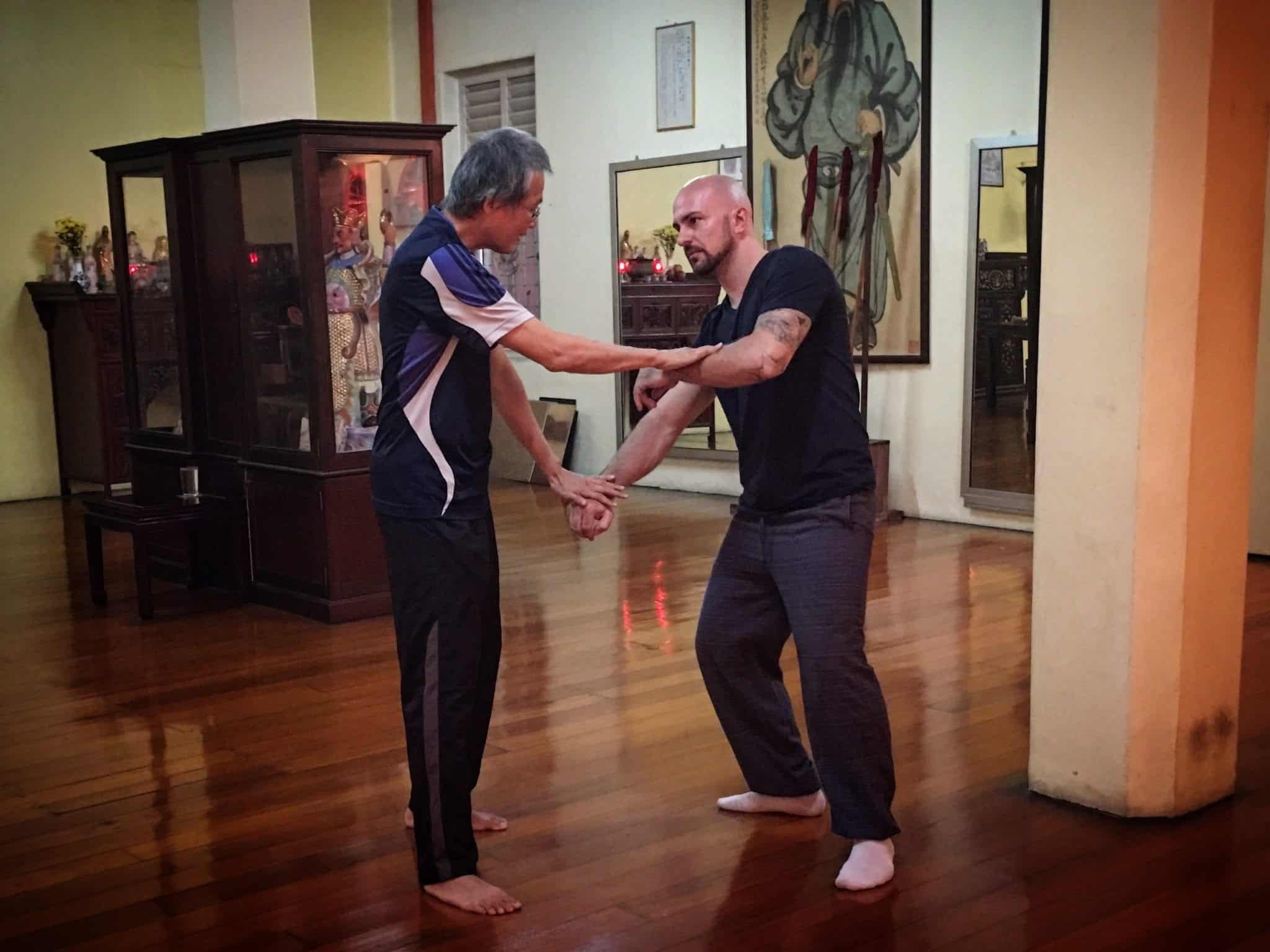
Da’mo
Technically, in 5A, Da’mo is not a style, it is an intrinsic part of each of the other styles, closely assimilated into their movements, breathing methods, and Internal techniques. Hence no separate forms are representing Da’mo in 5A. Instead, there are breathing, NeiGong, and meditation techniques that are practiced on their own.
Another way to look at how Da’mo fits into the bigger picture of 5A is to observe that the other four preceding styles, have principles/movements that vary a great deal, and even contradict each other! Da’mo is the glue that binds it all together, making the whole, being greater than its parts.
Da’mo, as the “Great Patriarch” and founder of “Chan (later known as Zen) Buddhism” also contributes to the spiritual and philosophical aspect of 5A.
Appendix
1. The Origin of 5A and Southern Shaolin: The Ching Army destroyed northern Shaolin as it was a rebel base. The temple was destroyed, and a lot of monks were killed. The few survivors regrouped and reformed at the Southern Shaolin Monastery in Fujian province. Among them were five monks that were experts in the five styles of TaiZu, LuoHan, BaiHem Monkey, and Da’mo. They decided to combine their arts to form 1 art, 5 Ancestors Boxing, WuZu Quan.
2. Soft/Hard, External/Internal: There is a great deal of confusion and misunderstanding over this; hard/soft vs. external/internal. A Hard-style may be external or internal, similarly to Soft-styles. To many, a Hard-style is one with an overt display of strength, with tense muscles, forceful breathing, jerky staccato movements. TaiZu (or Karate) is an excellent example of this. A soft style is one with soft, fluid movements that look gentle and graceful with gentle breathing. TaiJi, or White Crane and Monkey, is typical here. Movements for either hard or soft styles may be slow or fast. Most Eastern Traditional Martial Arts start by being hard, but at later stages, they become softer and more internal. The art itself is not static. It evolves as the practitioner gets older (hence physically weaker) and gains more skills and knowledge. The reasons are simple: in the prime of youth, strength and physique are easier to train, monitor, and yield quick results. Internal techniques are much harder to train, require a longer duration (and a fair deal of patience), and may not yield results! Hence it’s only when the martial artist matures and gets older, and he has less thing to prove, then they turn towards the Sofer, Internal aspects of the art.
3. Internal vs. External – Hard-style can be Internal, by replacing physical strength with Jin/Keng. The physical movements will look the same, but the power behind it, the Engine, has changed. An example of this is to apply the internal principles of Yi-Jin-Jing (Changing of Tendons) to TaiZu to power the movements and to attack the opponent’s structure. But to the ignorant, they will still observe this as external! Most soft martial arts systems will need to be powered by Internals to make it work. It’s challenging to counter physical strength with just soft movements alone. Hence TaiJi without the Internals doe snot work, evident in many TaiJi push-hands matches which look like wrestling matches. Hence most Soft systems will have to be Internal. Take Aikido as an example: a highly-skilled Aikido practitioner can handle a less skilled external martial artist. But it can only go so far; there must be a significant gap in skill level between the Soft Aikido practitioner vs. the Hard/External opponent. Hence Aikido emphasizes Ki (Qi) at the higher levels. The same can be said for TaiJi.
4. Generals in feudal China led their armies from the front, often leading a charge and is in the thick of the battle. Often, when two armies meet, either side would send out a champion for a one-to-one duel, and the losing side would accept defeat. Often, such a champion would be the general himself. In those days, generals are proficient Martial Artists and experienced in combat.
Learn the authentic Nei Gong practices of Southern Shaolin Kungfu
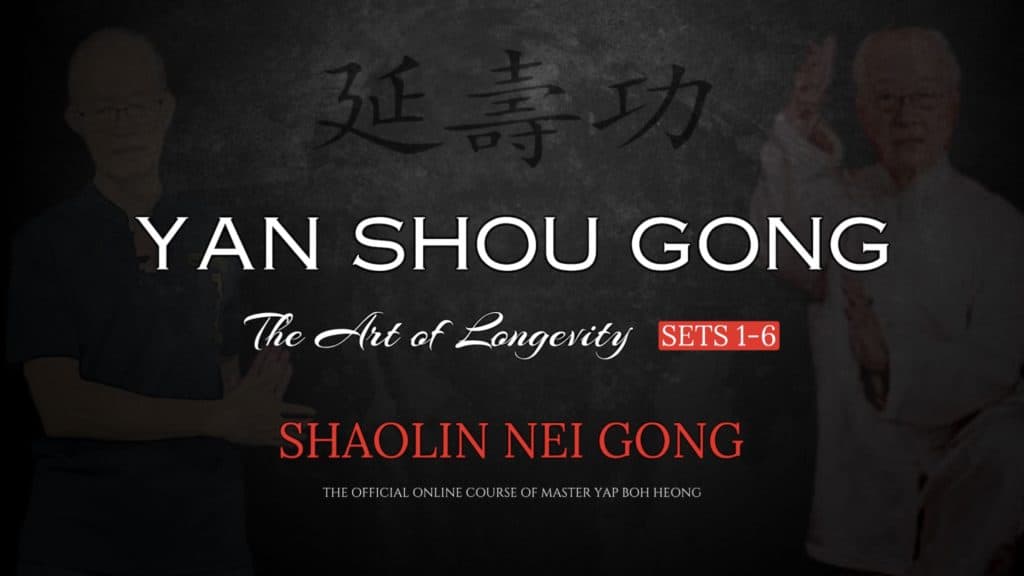
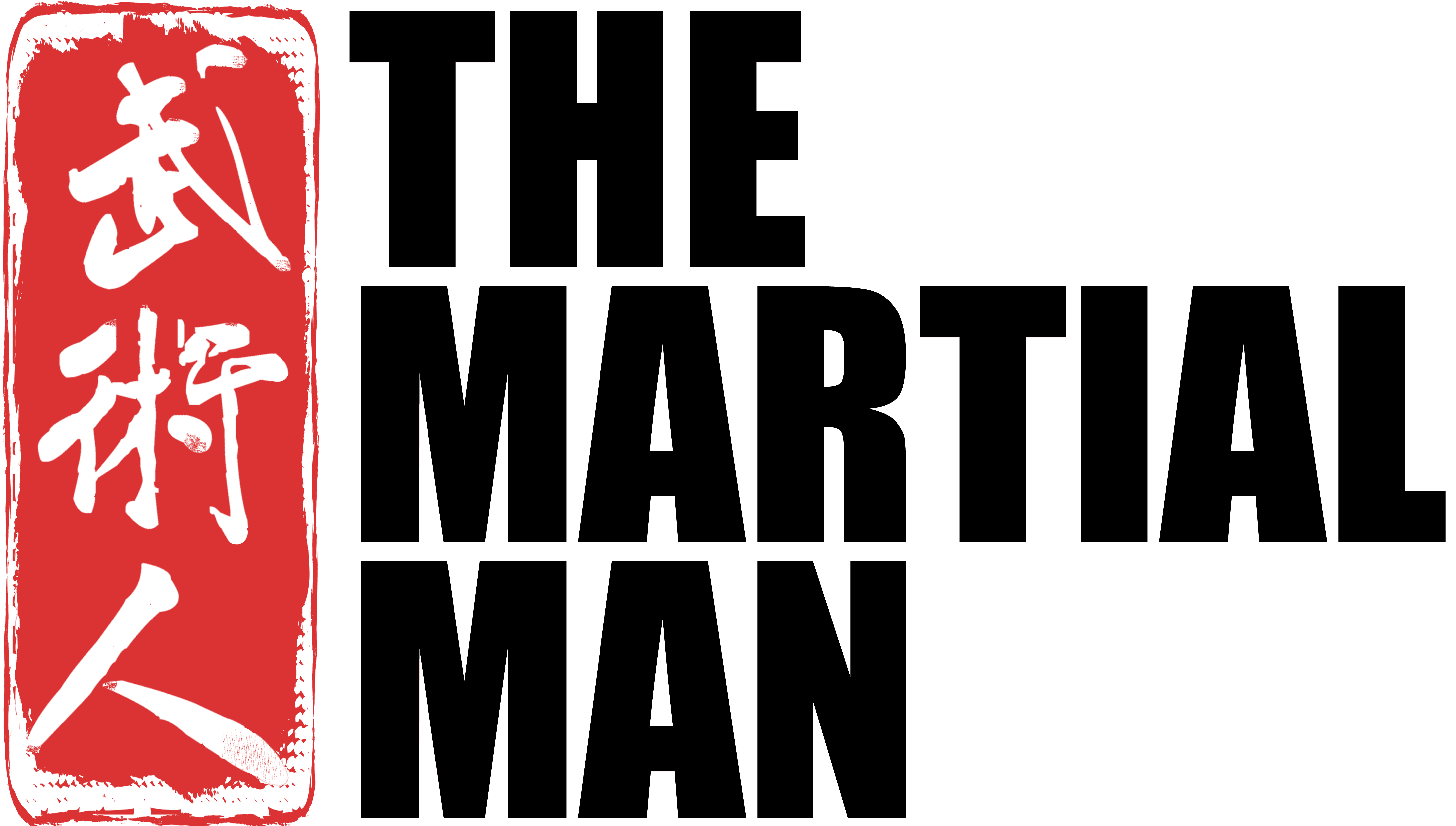
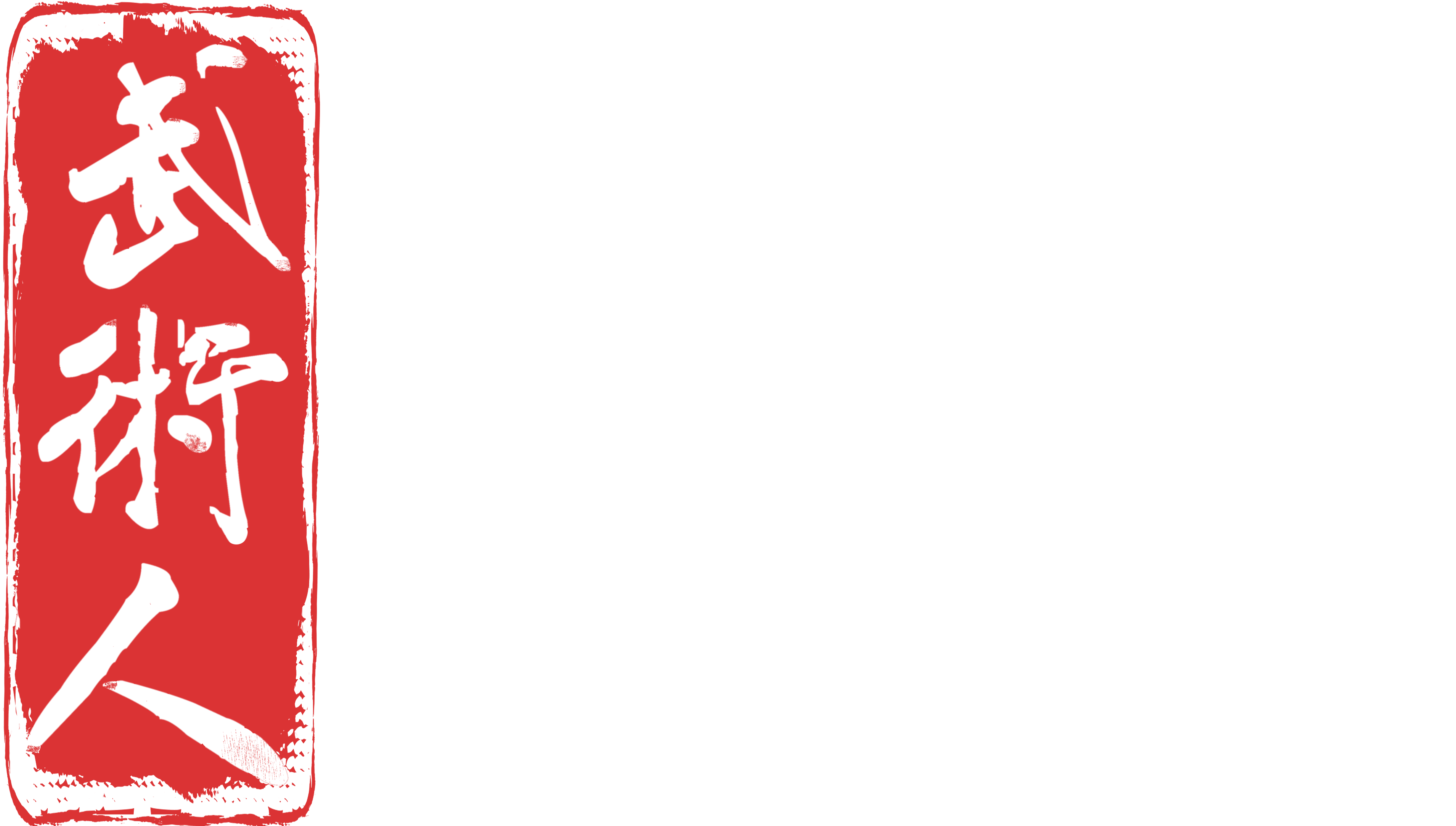
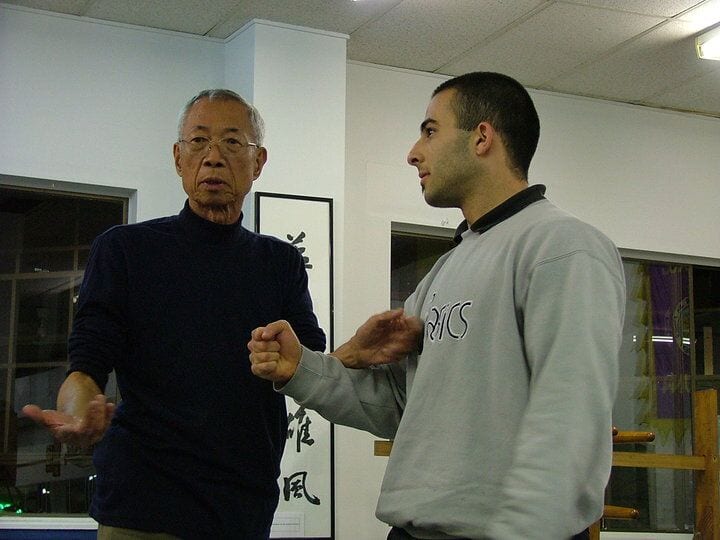
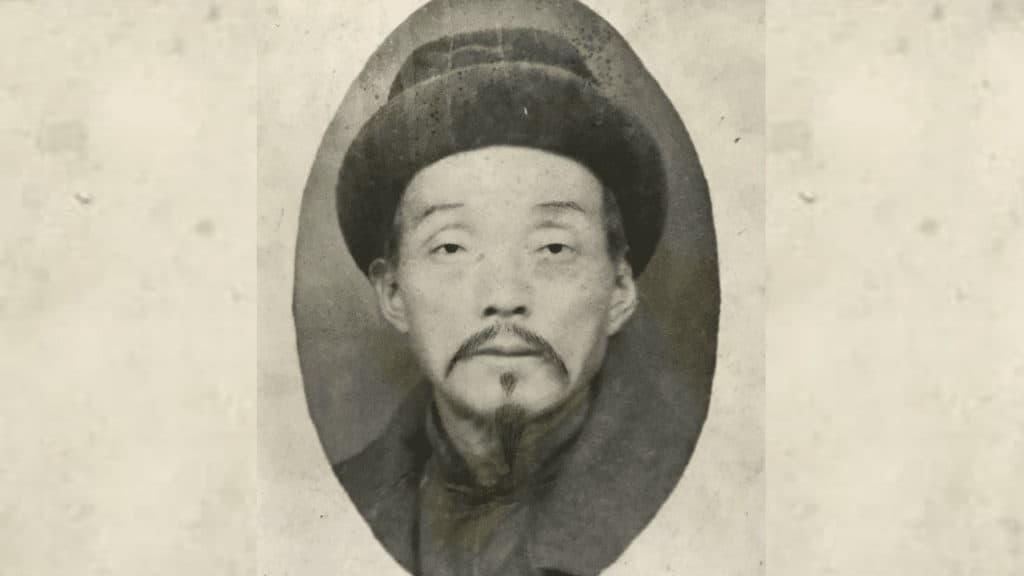
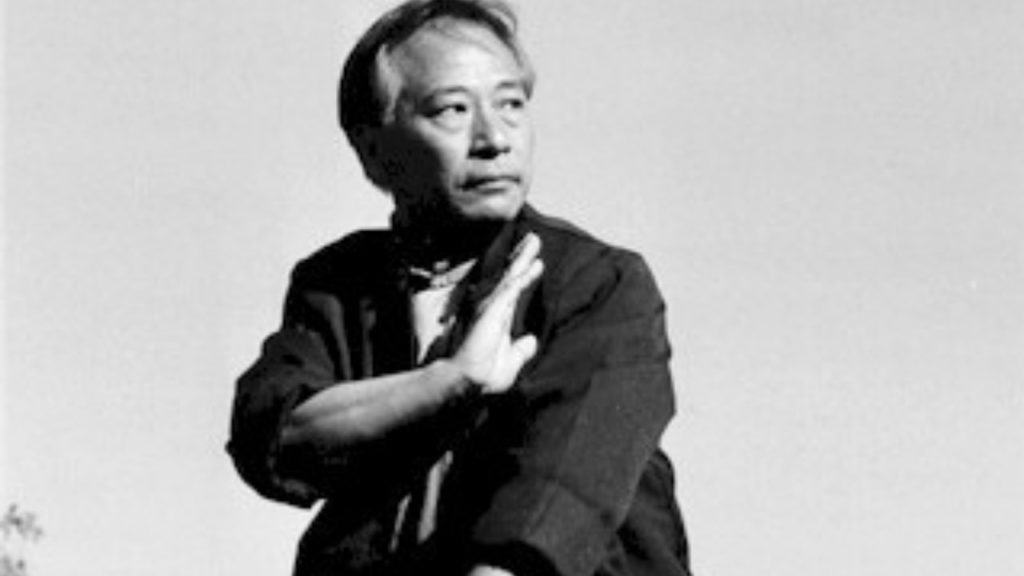

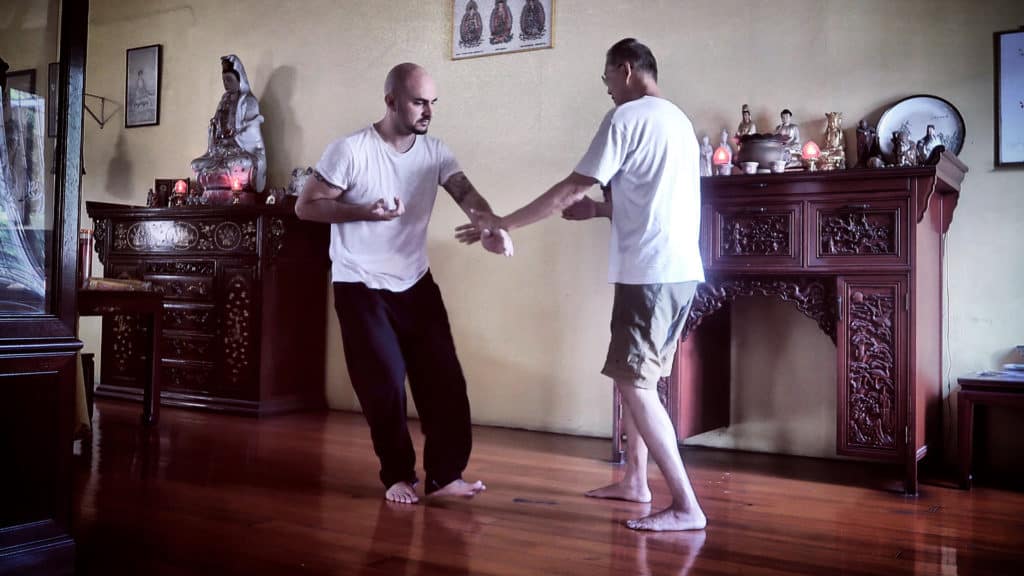
Hi Martial Men. Thanks for you good work. Can you give me an information? Where can i learn the Five Ancestors Fist?
I am from Portugal.
Thanks a lot ????
You could contact Lyndon Oudsten (Lyn Harmony Kung Fu) in Amsterdam, Lyndon is a disciple of Master Yap Boh Heong and teaches 5 Ancestors Fist in the Netherlands. Good luck!
Hello, Gonçalo.
Wuzuquan is not practised or taught widely in Europe.
I think I might be your closest instructor. I live in Madrid.
Hi ,your video was very interesting,i have now chosen which style of chinese wushu i want to learn. Only one thing,do you know the japanese name or reading of the style and of his sub-styles? I am particularly looking for the japanese name of TaiZuQuan.
太祖拳
Great article, Kieren!
Lots of details in there that I was not aware of. I’m guessing you had many chats over tea with people while you were in Kuala Lumpur.
Regarding hard/soft versus internal/external: as you said, “external” is about generating “brute” force (say, by recruiting the chest, shoulders and arms), while “internal” is about generating force from the core. I elaborate here if anyone is interested: https://youtu.be/y9-tOdKqKn0
However, for me, hard/soft is not about the *movement*, nor about how force is generated but about the *effect* of the movement/force. So I would say none of the five ancestral systems is hard or soft, rather they employ hard and soft techniques to different degrees (Taizu more hard, Monkey more soft). To explain what I mean by “effect”, I use the analogy of walking around a house in the dark. Imagine a door is open and you walk into the edge of it. The effect will be painful and shocking but you will have some idea of what has happened. This is analogous to the effect of a “hard” technique, whose purpose is to cause loss of balance, shock, damage and pain. Now imagine you are walking up the stairs of that dark house and you think there is one more step but there is not. Your mis-step throws you completely off balance and you fall to the floor but (at least at first) you have no idea what has just happened. No pain but shock and loss of balance all the same. This is the effect and intent of “soft” technique.
However, I would not say that a hard style is one with an overt display of strength. That is more descriptive of an external style. For example, Taizu, when done correctly, should *appear* soft (i.e., to the eye, the strikes should not look like they would do much damage) but have a hard *effect*. I elaborate here (although I am far from a Taizu expert): https://youtu.be/B0t1G9wcDkc
Monkey definitely looks soft, and (as you said) uses soft techniques to redirect force. However, as you hinted at, an elbow or knee strike to the chin from a competent monkey practitioner is most definitely a “hard” technique.
I would argue that a style which employs hard techniques can indeed be external or internal. However, I would say that a style which employs soft techniques can *never* be external because any tension in the chest, shoulders and arms would make softness impossible.
Wuzuquan, as taught by Master Chee (and to me by Master Han), is an internal system (never external) but it applies both hard and soft techniques in terms of their effect. However, as you say, as the practitioner improves, their technique becomes more internal.
Kind regards.